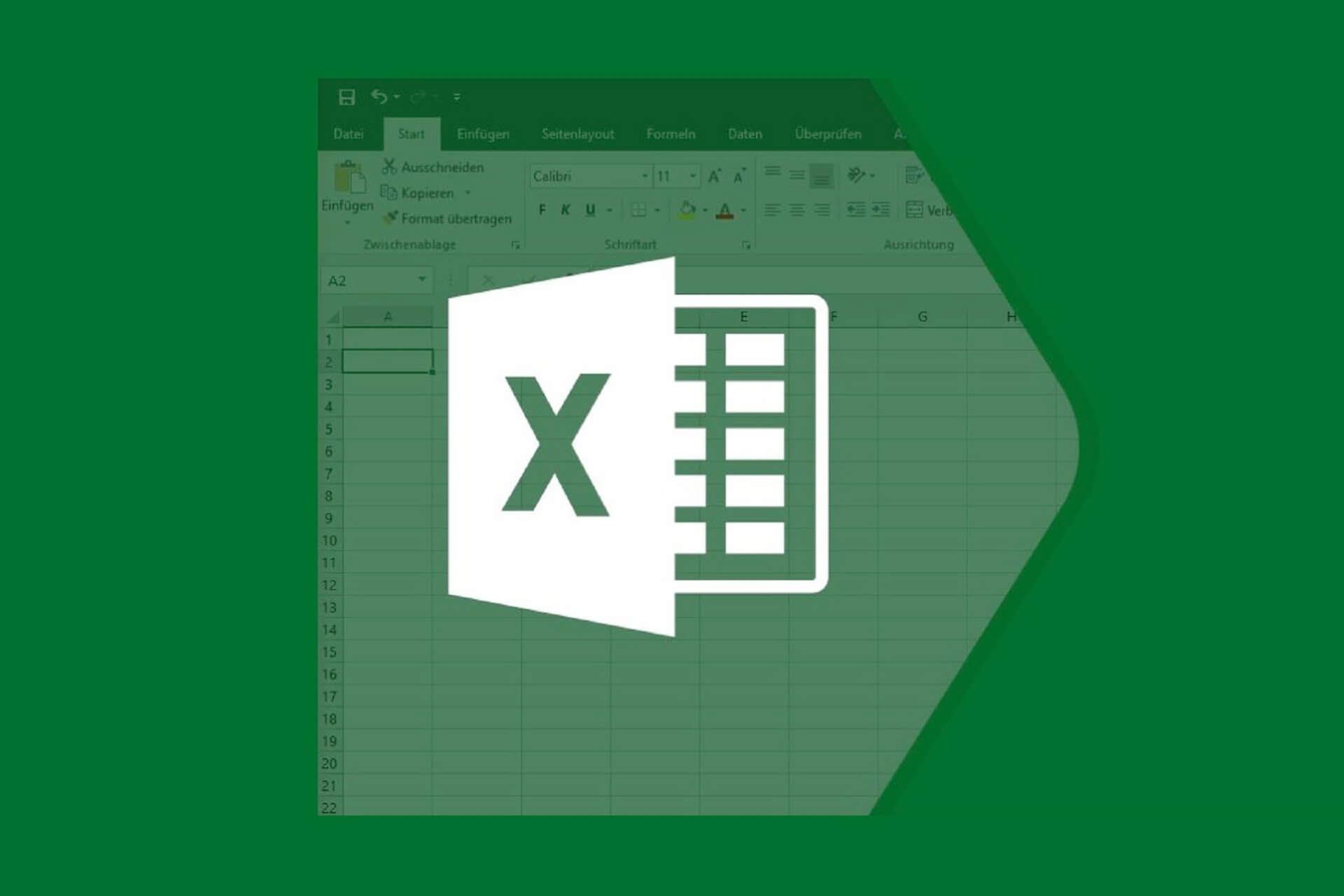
- MACFUSE NOT SHOWING CONTENT HOW TO
- MACFUSE NOT SHOWING CONTENT INSTALL
- MACFUSE NOT SHOWING CONTENT PRO
- MACFUSE NOT SHOWING CONTENT PASSWORD
- MACFUSE NOT SHOWING CONTENT SIMULATOR
Building the installer took with very little effort. If you are fine with running Catalina and using an older xcode (and thus older iOS simulator), then I would recommend giving tonymac tools a shot. The latest Clover versions ports pieces of OpenCore to it, and finding documentation on configuring the new Clover was a hassle for me. In the window that appears, untick Show Beta Versions to prevent leaving the remaining files of the FUSE preference pane after its deletion. If you intend to run the latest macOS I would recommend going with OpenCore. macfuse) or to format your volume to exFAT (this gave me the best results and was free) This means that if you decide to create a shared volume that both the mac and windows partition would read and write from, then you would either need a 3rd party ntfs drive (e.g. If you take this route then you should know that macOS doesnt support ntfs writes out the box. A good test is to send the file to your kindle's email address. Note that sideloaded books are not considered 'Books' but 'Docs' (personal documents) and may lack some proper ebook features.
MACFUSE NOT SHOWING CONTENT SIMULATOR
This will give you access to the iOS simulator and the other xcode tools. Once you are successful with the above settings you may further experiment with changing some settings and sending via Calibre. But if you are willing to explore a dual boot setup, have patience (and a supported motherboard/processor), then you could use OpenCore or Clover to get a macOS running on your pc. Once you're finished, make sure you safely unmount the disk, by either ejecting the disk in the finder, or running sudo umount /Volumes/rpi in Terminal.I dont think its possible to get the iOS simulator working on Windows. You can open it and read from it just like any other disk, card, or flash drive you connect to your Mac. Now you'll see the rpi volume mounted in the Finder. See this issue: Unable to open ext4 mounted partition on El Captain. The -o allow_other is required to make sure the mounted disk is readable by everyone (and not just the sudo/ root user).
MACFUSE NOT SHOWING CONTENT PASSWORD
The ID is the disk4s2 in my case, in the IDENTIFIER column.Ĭreate a 'mount point'-a folder on your Mac where you will 'mount' the Linux partition so you can read data from it: sudo mkdir /Volumes/rpi ( sudo requires you to enter your Mac account's admin password, since it performs actions with elevated privileges-enter your password when prompted.)

You should be able to tell which drive is your Pi drive by the description ( external, physical), the 'Linux' partition type, and the size of the disk (e.g. Use Disk Utility on the command line to find the Raspberry Pi's partition ID run diskutil list to get output like below: $ diskutil listĢ: Apple_HFS Macintosh HD 499.3 GB disk0s2ģ: Apple_Boot Recovery HD 650.0 MB disk0s3
MACFUSE NOT SHOWING CONTENT INSTALL
MACFUSE NOT SHOWING CONTENT HOW TO
Here's how to mount the Raspberry Pi's ext4 filesystem on a Mac (almost everything will be done in the Terminal app (in Applications > Utilities)):

Luckily, there are open source tools that allow ext4 filesystems to be mounted on a Mac (read-only, but that's all I need to copy off the time-lapse stills and video). But this is annoying, because dd will back up the entire microSD card, not just the data I want. In the past, I would use the dd utility to back up the entire card, and then I would mount that backup disk image and read data off of it. This is normally a bit tricky, because the Raspberry Pi uses the Linux ext4 filesystem-which is not compatible with either macOS or Windows!
MACFUSE NOT SHOWING CONTENT PRO
So I decided to finally try to mount the Raspberry Pi's drive directly on my MacBook Pro (running macOS Sierra 10.12). which means it could take a couple hours to copy).


For my Raspberry Pi Time-Lapse App, I find myself having to either copy hundreds (or thousands!) of 3+ MB image files, or a 1-2 GB video file from a Raspberry Pi Zero W to my Mac.Ĭopying over the WiFi network works, but it's extremely slow (usually topping out around 5 Mbps.


 0 kommentar(er)
0 kommentar(er)
